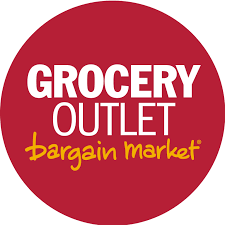Grocery Outlet published Monday its first annual Environmental, Social and Governance Report covering fiscal year 2022.
“At Grocery Outlet, our mission of Touching Lives for the Better has been core to the business from the start, and fulfilling this purpose has resulted in positive environmental and social impacts throughout our 77-year history. We are proud of the work we have done and we are excited to highlight our ESG strategy through our first report,” said RJ Sheedy, president, CEO, and board member of Grocery Outlet, in a statement.
The report’s key impact areas include:
• Saving Customers Money: the retailer’s discounts and bargains save customers an estimated 40 percent on groceries over conventional grocers.
• Providing Affordable Quality Food: the grocer increases food access in its communities by providing customers with affordable quality food from trusted, name-brand suppliers.
• Giving Back: Grocery Outlet partners with its independent operators to give back to its communities by supporting local food banks, educational programs, and other initiatives that uplift and empower those in need; in 2022, the equivalent of 1.25 million meals were donated through this strategy.
• Providing Opportunities to Independent Operators: the company creates opportunities for independent operators to be local business owners and entrepreneurs; in 2022, over 425 independent operators were supported across the network.
• Providing Opportunities for Employees: Grocery Outlet’s focus on its values and culture, as well as its equity, diversity, and inclusion initiatives, help to create opportunities for its employees to grow; the company shared that 53 percent of employees at or above the director level are women or racial/ethnic minorities.
• Reducing Food Waste: Grocery Outlet’s opportunistic sourcing model enables it to reduce food waste in partnership with its suppliers and independent operators.
• Improving Operational Efficiency: the retailer strives to reduce its environmental impacts on energy use, food waste, and carbon emissions; as such, 98 percent of stores use timed lighting and heating systems to lower energy consumption.
Related: Hannaford Hunger-Fighting Program Returns; H-E-B Reopens Renovated Store

